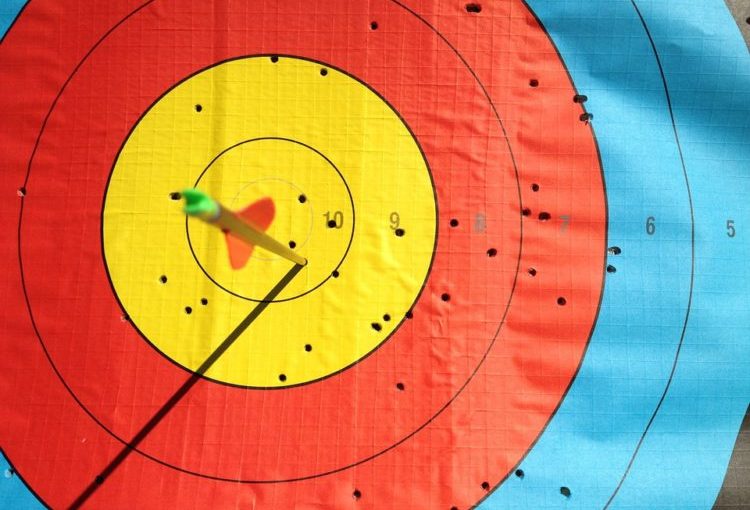
Strategically using location targeting in paid search platforms like Google AdWords can be a smart and cost effective way to increase the leads for your destination and lifestyle brand. However, there are a number of different approaches at your disposal. Let’s take a look at the available options and how each approach can be used to accomplish a specific goal.
When creating a Google AdWords campaign, one of the first choices you have to make is setting your targeted locations. In other words, where in the world you want your ads to show. You have a nearly limitless number of options at your fingertips, so let’s try to simplify things.
Whether your company services people from all over the planet, or just in your neighborhood, Google AdWords allows you to set your targeting for specific locations in a number of ways.
Firstly, you can set your campaign to target a specific country, state, region, county, city. It even allows you to get as granular as zip code. Say your high-end travel brand is only interested in getting leads from New York, Los Angeles, London and Paris. You can set your campaigns to only show ads to searchers in those four specific cities. This way you won’t waste money showing ads to people outside of your market area.
Secondly, you can also set your campaign to target people within a certain mile radius. Say you own a luxury spa in Fairfield CT, and you know that people will travel up to 50 miles for your services. You can set your ads only to show to people within that 50 mile radius of your zip code, targeting only those people for the highest return on your investment.
And thirdly, you can set your campaign to exclude particular locations. This too can be as wide or granular as you like. If you’d like to show your ads all over the US, but don’t want them to show in specific states, cities or zip codes, you can set these areas as excluded locations. That way, you’re not spending money on clicks from areas that won’t convert into qualified leads.
Once you’ve chosen your location setting, you can then also decide on whether you’d like to serve ads to people in those locations or people interested in them. If you choose “people in my targeted location” the search engine will only show ads to searchers physically in that area. If you choose “people in, searching for, or who show interest in my targeted location” then Google will use a searcher’s past search history data as well as their location to decide if they fall into your grouping. Which you decide on is up to the parameters of your brand. For example, your company is in Florida, but you know that people from outside of the state will occasionally make the trip. You may want to choose to target just the state of Florida with the setting “people in, searching for, or who show interest in my targeted location” to gain the most relevant leads.
Finally, another way to target searchers is through the keywords you choose. In the above examples you’ll likely be using broader, simpler keywords to target people interested in your brand. You may even have decided to augment those keywords with phrases like “…near me” or “local…” But another strategy is to create a keyword list that includes the specific names of your business location. Say you run an adventure park in San Diego, California. You could create a keyword list with terms like “adventure parks san diego,” “roller coasters in ca” etc. to ensure you’re targeting people that fall into your brand’s locations.
The options you decide on for location targeting for paid is going to depend heavily on your individual brand’s goals. Ideally, utilizing a combination of them will really hone in on the most lucrative locations of the people interested in your company. Regularly checking location dimension reports in AdWords and other search ad platforms will help you find those high interest areas, as well as the places that you may want to exclude. With these tools, you can reduce wasted spend, increase your ROI and get the most bang for your paid search buck.